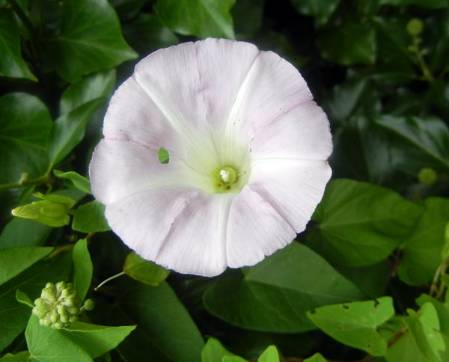Between 17 and 23 August 2013, some of our scientists were back on the Isles of Scilly to carry out more of their studies. This time, instead of someone from the Nature Live team, they were accompanied by an artist and PhD researcher, Gemma Anderson, and she has been keeping a diary of the trip:
Arrival
It is wet and windy and the rain soaks the decks of the Scillonian 3 as it departs Penzance for St. Mary’s. After a bumpy ride with many tales of seasickness, we arrive into a foggy and rainy St. Mary’s to begin the Museum’s August fieldwork trip. We are assured that the weather will get better tomorrow!
Artist on a scientific fieldwork trip?
Artists and scientists are interested in how Earth has been shaped by the forces of nature, and my research addresses how we engage with and observe the natural world. I am here to observe the scientists’ field methods, and to explore possible ways of constructing records across scientific disciplines.
The ‘field’ can be anywhere, it has no geographical or physical bounds; it is defined by those who go there to investigate, study or commune with nature. In this case the field is the islands of St. Marys and St. Agnes, and the people are botanists, entomologists and an artist.
 Careful observation and recording of flora and fauna are important skills for both artists and scientists studying the natural world.
Careful observation and recording of flora and fauna are important skills for both artists and scientists studying the natural world.
The traditions of recording: enquiry, careful observation, patience and arduous experimentation, perseverance in the face of monsoons and parasites (or massive arts cuts!) are shared by artists and scientists. Fieldwork mixes scientific pursuits with exposure to new terrain, languages and peoples and has an inseparable aspect of adventure, from which a narrative of the field has also emerged.
I have previously participated in this narrative as artist-in-residence in the Galapagos Islands, Poustinia Jungle Park (Belize) and rural Japan, where I practiced the field methods of exploration, collection, observation and recording, although the selection criteria and motivations differ considerably to those of the scientists.
Although the focus of my artwork is the morphology of species in the specific location, my approach to the ‘field’ equally values observing and interacting with the people, so culture is just as important. My artistic practice is also a part of this narrative and asks questions about natural form and morphology. Isomorphology is the study of the shared forms of animal, mineral and vegetable species through drawing practice. As part of this research I have been working with Natural History Museum scientists and collections since 2005.
Documenting the art of natural history
Fieldwork is important because of the immeasurable diversity of life, but also because of the human experiences that inevitably arise through study, adventure, and sightings that take place in the field. Record-keeping and field notes exist as a critical component of the study and experience of the field.
I will be emphasizing the role of drawing within these practices, both as a way of recording memories and as a way of experiencing the natural world. The act of drawing can heighten our awareness and sensitivity to the natural environment, changing the way that we see and feel the world around us. Seeing the natural wealth in our environment and our relation to it, can enrich the quality of our lives.
“The scientist does not study nature because it is useful to do so. He studies it because he takes pleasure in it; and he takes pleasure in it because it is beautiful." Jules Henri Poincare
Posted on behalf of Gemma Anderson.


